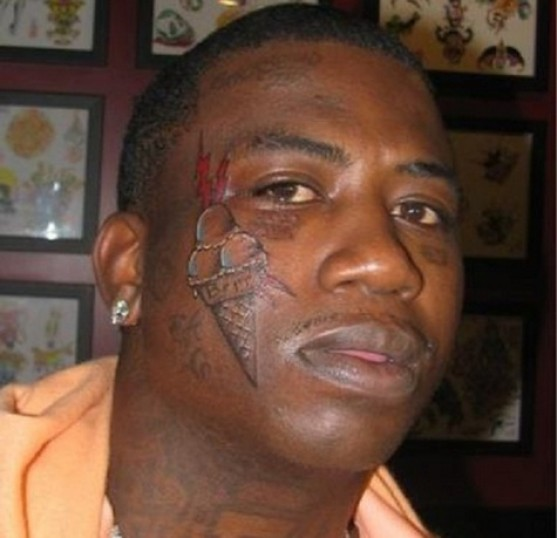By: Jing Yang, contributing intern (@jing5233)
The majority of citizens in the United States will only dress up like cartoon or movie characters during Halloween. In recent years, dressing in drama clothes in daily life has become a new career, even a new kind of subculture thriving among the young generation. Japan and America are two countries, which are highly related to cosplay culture worldwide.
Cosplay is shorthand for “costume” and “play,” so combine both meaning of the two words, cosplay means dressing in the costume of certain characters and play as if these are characters. This method brings virtual anime characters to real life.
Unlike modern people who dress themselves for fun and beauty, people who lived in ancient Greece dressed up for a special purpose. As early as B.C.1000, Greek priests had already dressed themselves deliberately when it was time for worship. Although America was regarded as the origin of modern cosplay, such consciously dressed behavior by our Greek ancestors can still be look at as the first attempt of human beings to utilize costume. In 1982, cosplay was authorized with a formal name. At that time, a Japanese magazine named “My Anime” written by Nov. Takahashi published an article, in which created this name. Inspired by a masquerade held in Los Angeles, Nov. Takahashi claimed this behavior as cosplay.
Cosplay’s situation is different between western and eastern countries. In the United States and other western countries, people tend to cos heroes in Marvel superhero films or characters in Harry Porter movie series. In July 2014, it was time to celebrate for the third annual Oz Comic Con at Joseph Reed’s venerable building in Australia. Members of Melbourne’s burgeoning cosplay community, dressed up as superheroes, video game characters, and notable denizens of the big and small screens to celebrate. The cosplay community has grown quickly in the Australian pop culture convention circle. “This convention is the ideal place to premiere a costume after months of hard work.”
In eastern countries, represented by China and Japan, cosers cos famous characters in Japanese anime. Combined with professional photographers and dressers, cosplay in eastern countries are more like a relatively professional career. The most common activities for cosplay groups in China are taking pictures, making video and going to anime exhibitions. Cosers will gather together to communicate with each other during regular cosplay exhibitions, through which new cosers can get to know senior cosers in this area, who are able to provide valuable advice when they have trouble in cosing new characters.
Most eastern cosers will not only imitate those anime characters physically, but also try to be them mentally. One of my friends in high school has been involved in cosplay for more than four years. She believed that life needs to be colored by novel stuff, so she joined a cosplay club in her college to satisfy her curiosity of being another person. She told me that the biggest challenge for her is how to improve her acting ability in order to show the characters of greater degree. She wishes to behave and express like those anime characters although it would be hard for a person who lives in real society to imagine the life in virtual world. She also wants to squeeze into the core circle of professional cosplayers instead of just being an outsider.
Cosers from Russia became really famous in recent years. Genetic advantages: tall, nice body shapes, small faces with congenital melancholy feature, causing them become the most suitable cosers for many anime characters.
Although cosplay has flourished worldwide, many people still have bias toward cosplay, regarding this behavior as time wasting and meaningless. Just as the father of modern anthropology Franz Boas’s opinion about culture relativism—”culture can only be understood on their own terms and with their own contents.” In other words, it is not easy for outsiders to realize the significance meaning of cosplay as those cosers. But people should release their bias towards cosplay because it’s importance as a subculture has increased dramatically. What’s more, cosers are happy and satisfied when they are doing cosplay. Happiness is supposed to be the vital, important thing. Cosplay deserves not to be judged, but understood fairly by more people.
Work cited:
Bastow, C. (2014). Cosplay: it’s more than just ‘a glorified costume party’. the Guardian. Retrieved 26 May 2016, from https://www.theguardian.com/culture/australia-culture-blog/2014/jul/08/cosplay-its-more-than-just-a-glorified-costume-party
Photo: taiken.co


